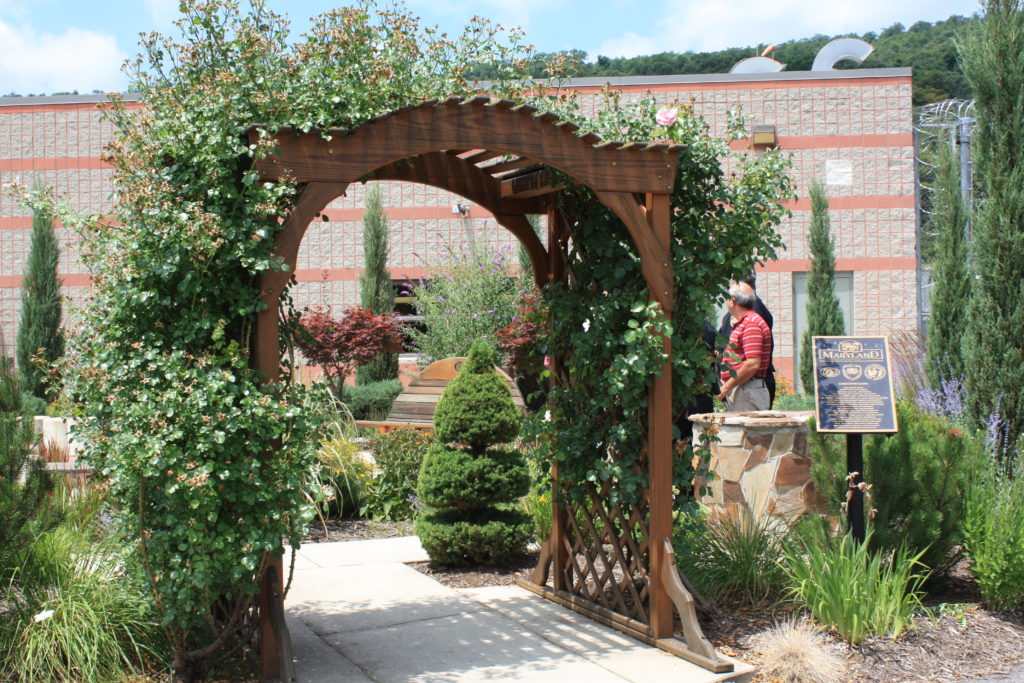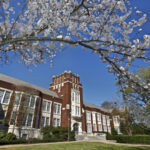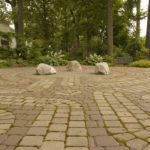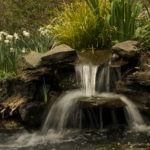Meditation Garden at the Western Correctional Institution
Where wide open space rehabilitates inmates
Our country has the highest imprisonment rate of any other nation worldwide. There are more than 2.2 million people in prison. And the US Department of Justice estimates that over two-thirds of released prisoners will be incarcerated again within three years. When Jon Galley became warden at Western Correctional Institution (WCI) in Cumberland, Maryland, his goal was to focus on wellbeing and working outside in nature, and introduce a new set of physical and mental skills. His hope: the facility’s inmates would never return once released.

A warden’s vision for his prison
Jon believed in the impact of environment on people. He knew about nature’s healing qualities. To him, a prison shouldn’t be cold and stark. His vision of a successful correctional system struck a balance between the discipline that’s needed to reform and a softer environment that speaks to the human side—a side often forgotten in this population.
One of his first projects was beautifying the grounds. He involved the inmates in that process, as he wanted to give prisoners the chance to heal and learn before they got out. Jon also asked colleague Bill Jewell to help. Bill tapped into the expertise of volunteer Wayne Yoder, a biology professor at a local university. And the Master Gardener program was born.
The inmates had full creative rein to design, choose plantings and plant the beds. The only direction given was no straight lines or box-shaped beds in the already boxy compound.
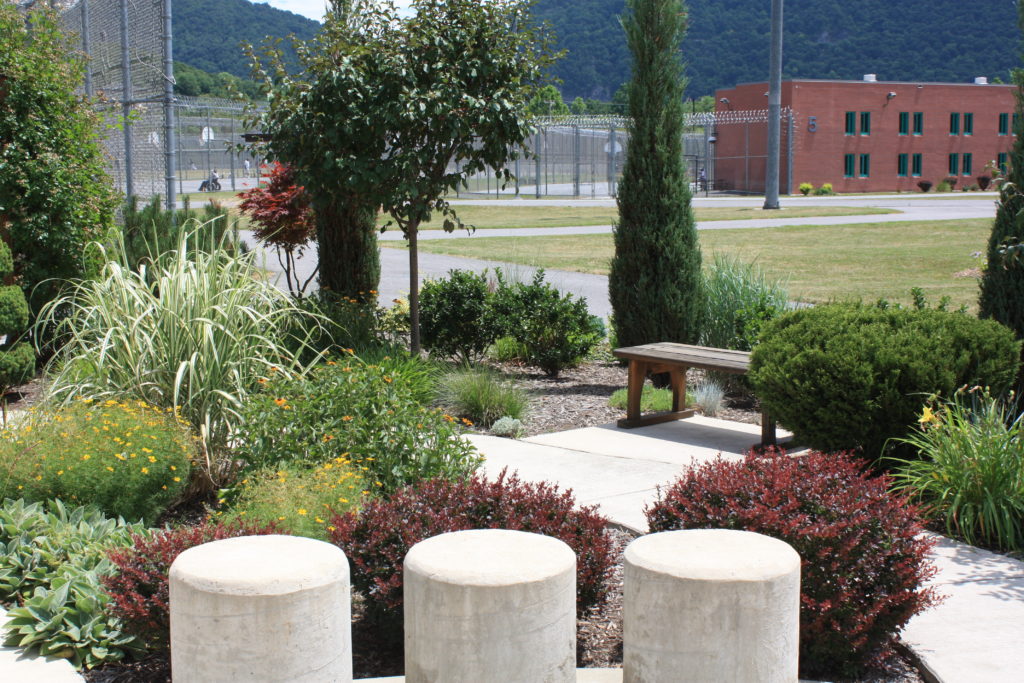
Soon the sparse prison grounds sprouted to life. The program was so successful, they wanted to build a greenhouse to grow their own plants. But they knew they couldn’t get government funding.
That’s where TKF came in. We proposed including a meditation garden to expand upon the idea of nature giving new meaning to the inmates’ lives.
A meditation garden gains momentum
Once they thought about a meditation garden, the need was evident. While inmates are isolated from the rest of the world outside prison walls, they’re never alone within those walls. They’re housed two to a cell and spend most of their time in group activities. They can’t leave to attend funerals of loved ones or join in joyous family occasions, such as weddings and graduations. And there was no place on prison grounds for solitude, no quiet space to contemplate, celebrate or grieve.
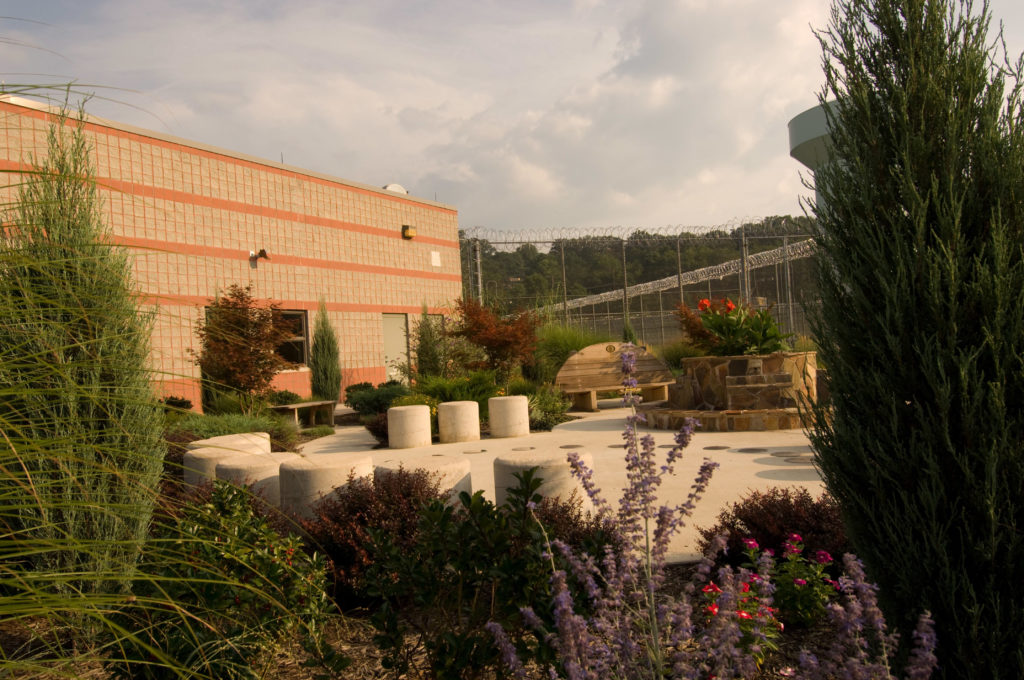
We invited architect and fellow Firesoul Tony Lawlor to help design the meditation garden. The team worked closely with Master Gardener program inmates to conceptualize what became a very intricate, meaningful metaphor for life, with many physical features that represented symbolic and spiritual concepts
Creative freedom and inner peace
It was critical for the space to reflect what was meaningful to the inmates. It had to be open and accessible, in this closed environment of physical and psychological walls. The first image inmates conceptualized was a circle. That became the garden’s shape. The second image was water, with a tree in the center of a well, out of which flowed water in all directions. This became the garden’s center garden.
Another feature emerged: The Well of Unspoken Truths. This was a smaller masonry well off to one side containing a 20-foot steel pipe sunk into the ground with a small slot at the top, so inmates can write on paper and drop it into the well without fear of anyone reading what they wrote.
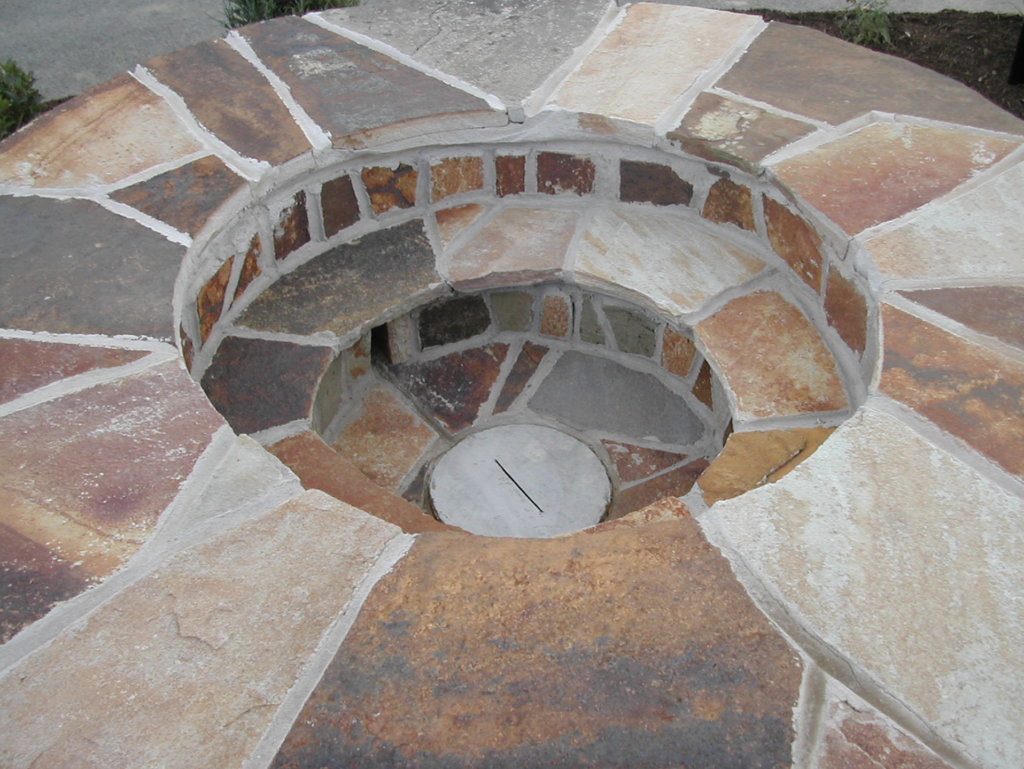
There’s also a large sundial embedded into the ground and big enough for a person to stand on and cast a shadow that tells time. The image of time in a circular pattern has a wholeness to it, allowing an inmate to connect to a time before he was in prison and to a time when he will be out, giving hope.
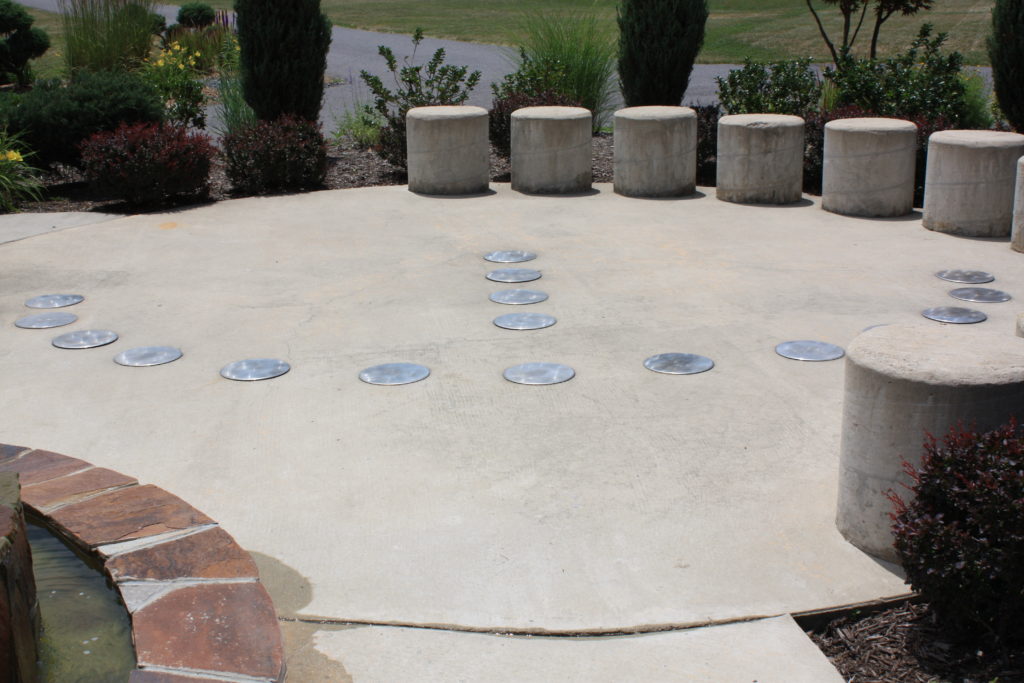
The portal is an arbor. Inmates planted red roses climbing up one side to symbolize constant struggle with violence and white roses up the other side to symbolize hope for peace.
The inmates took great pride in their work here. Many came from places filled with concrete and blacktop. Many didn’t know how to push a lawnmower or use a rake or shovel. But they all worked together with the WCI and TKF teams to make their meditation garden a reality.
Empowering and inspiring
Gardens are about growth and renewal. This Meditation Garden at WCI embodies those concepts in many forms, encouraging inmates to look within and beyond—from the tree at the center of the well and the masonry Well of Unspoken Truths, to the human sundial and arbor of roses portal.
For the Firesouls who worked on the Meditation Garden at WCI, the project they embarked on sparked something far beyond what they initially expected. And in the process, each learned way more about life and humanity than they ever imagined.
